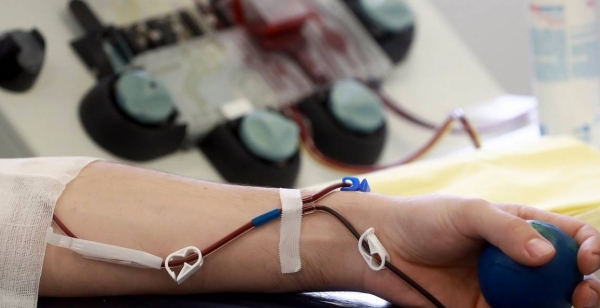
In Moscow began to take the plasma from recovered patients. Mayor Sergei Sobyanin has ordered the financial incentives of donors: for every 150 ml. offers payout of about 1200 virtually any, that for the standard fence in 600 ml. will be about 5 thousand. But in this review we will talk not about finances, but about a transfusion of blood plasma as a method of treatment of coronavirus.
In scientific publications there have been reports that the plasma of people who villechaize from the coronavirus SARS-CoV-2 and developed antibodies against it, can help patients with severe COVID-19. This method was used in China and South Korea and has been very effective, and that local doctors also decided to adopt, because the number of patients with severe coronavirus in Moscow and other cities will only increase.
Treatment of human coronavirus: how to treat coronavirus infection?
Since the epidemic began COVID-19 in 2020, scientists amazing for effective methods of treating coronavirus infection SARS-CoV-2 in humans. Already known drugs used with varying degrees of success, including ramdevpir, chloroquine and its derivative hydroxychloroquine.
Recent reports have shown that the treatment COVID-19 can be effective blood plasma of people who have overcome coronavirus infection and SARS-CoV-2 and developed antibodies against the pathogen. According to the researchers, antibodies in their plasma trigger the immune response directed against SARS-CoV-2, which probably contributes to the disappearance of the infection. At the same time, they note that to date there is no reliable clinical test, which clearly confirmed the effectiveness of this method.
Why the use of blood plasma recovered may be the best treatment of coronavirus in Russia? The results of the research
March 27, 2020 “JAMA” published the results of the research of Chinese scientists who received transfusions of plasma recovered coronavirus five Chinese patients with severe COVID-19.
The patients were 3 men and 2 women aged 36 to 73 years. None of them was smoker, and 4 of 5 had comorbidities. All received antiviral drugs and steroids to the transfusion.
In turn, plasma was obtained from 5 persons at the age from 16 to 60, who won the infection SARS-CoV-2 had antibodies against this virus. All donors were diagnosed with laboratory-confirmed COVID-19, and then negative results for other respiratory viruses, and hepatitis B virus, hepatitis C virus, HIV, and syphilis. At the time of donating blood donors had no evidence of disease for at least 10 days. Received Plasma apheresis and transfusion recipients in the same day, when it was collected.

Recovered plasma given to patients with:
- laboratory-confirmed coronavirus COVID-19,
- acute respiratory distress syndrome (ARDS) caused by the virus SARS-CoV-2.
Each patient once plasma are transfused in the amount of 400 ml, between 10 and 22 days after admission to the hospital.
Within three days after the introduction of plasma from four of the five patients decreased to control levels viral load. ARDS resolved in four patients within 12 days after transfusion, and three did not require artificial ventilation of the lungs two weeks after receiving plasma. Negative results SARS-CoV-2 were obtained from all subjects within 12 days after transfusion.
Three patients were discharged from the hospital (the time of their hospitalization was 51, 53 and 55 days, respectively), and the remaining two on the 37th day after the transfusion stable [accessed 25 March, which was the last day of observation – ed.].
Despite the positive results of the study, the researchers emphasize that “it excludes confirmation of the potential effectiveness of this treatment, and these observations need to be assessed in clinical trials”. They believe that their study has several limitations, among them a small number of people participating in the experience, or lack of control group. They also indicate that all patients were treated with many other drugs (including antivirals), and it is impossible to determine, could the observed improvement to be related to other types of therapy, in addition to plasma recovery. In addition, plasma transfusion was performed through 10-22 days after admission to the hospital. According to the researchers, it is therefore impossible to determine whether the different time of introduction associated with other results.
Another study on the treatment of human coronavirus in 2020
Similar results were obtained in studies of other scholars from China, which appeared in early April in the pages of “the Guardian of the National Academy of Sciences.” This study involved 10 patients with severe COVID-19. Each of them poured 200 ml of plasma.
Patients (6 men and 4 women) had symptoms COVID-19, such as fever, cough, shortness of breath, chest pain. Nine patients were treated with Arbidol alone or in combination with redecision, peramivir or ribavirin, while one patient received only ribavirin.
In all patients symptoms resolved or diminished within 1-3 days after transfusion.
The possibility of using blood plasma from Ebola survivors in the treatment COVID-19 was also noted by scientists from South Korea. They published their findings in the journal of Korean medical science.
The researchers reported cases, only two patients with severe pneumonia due to coronavirus SARS-CoV-2. The first was 71-year-old man whose treatment began with receiving hydroxychloroquine. Then it was added lopinavir / ritonavir. However, therapy proved ineffective and it was necessary to connect the patient to the ventilator. Nine days after admission he was diagnosed with ARDS. On the 10th day the patient was given 500 ml of plasma obtained from 20-year-old patient recovered. Plasma was divided into two units, each of which shimmered every 12 hours. The treatment was effective. About side effects were reported. Test results SARS-CoV-2 was negative in 26 days after plasma transfusion.
The same applies to the second patient, a 67-year-old woman. The patient initially used the same treatment regimen, which also proved ineffective. Therefore, it needed mechanical ventilation. However, the plasma here were injected on day 6 after admission to the hospital. Three days later, were performed chest x-ray, which showed a decrease in lung injuries. The patient is successfully on the mend and was discharged from the hospital on the 24th day after the transfusion. Test results SARS-CoV-2 was negative in 20 days after administration of the plasma.
“Despite the limitations, our cases suggest that plasma from survivors-COVID-19 may be an additional option for the treatment of coronavirus patients without any serious side effects,” say the authors, pointing to the need for additional research.
Coronavirus SARS-CoV-2: use for the treatment of coronavirus in the blood plasma in Russia
In connection with these messages in many countries, the blood plasma obtained from recovered, is administered to patients with COVID-19, including now Russia. In the second half of April, Russia has sharply increased the number of patients with coronavirus. The Ministry of health considers any effective treatment options coronavirus.
The curve of infection with coronavirus in Russia
The project of introduction of the plasma cured people suffering from COVID-19, was developed in the clinical hospital in Kommunarka.
The Ministry of health of Moscow have already begun recruitment of patients who suffered from the disease COVID-19 and would like to donate plasma. In this case, the donor is guaranteed a monetary compensation from the city government.
At the same time, the specialists are going to determine how effective this move is, at what stage of the disease it is best applied and in which patients.
The problem is that not all healthy people have antibodies in the blood. Consequently, the effectiveness of therapy largely depends on how many antibodies will be present in the collected plasma.
“Working in Shenzhen, China, shows that the plasma has a therapeutic effect only when a certain titer of these antibodies. We want to determine exactly when this plasma works best and which group of patients it is best to use to determine the proper use of this therapy,” explains specialist in Kommunarka.
Representatives of the companies stressed that this was a project organized in cooperation with all clinics and Centre of blood donation and blood treatment.
Coronavirus and blood plasma of recovered – who doubts the effectiveness of the experimental treatment of coronavirus
The world health organization is skeptical about the use of plasma recovered in therapy COVID-19.
“A preliminary study of patients in Shanghai has shown that some were not “detectable antibodies, while others had a very high level”, stressed on a press-conferences the expert of the world health organization Dr Maria van Kerkhove, epidemiologist.
She added that the question of whether stable patients with high antibody levels to the second infection is a separate issue.
April 10, researchers from South Korea reported on 91 patients who recovered from COVID-19, but again received a positive test, despite the initial negative result. The world health organization should carefully review these cases.
Who officials said that more than 600 thousand out of 2.4 million of confirmed infected recovered worldwide, but additional data are required to understand the immune response of cured and whether he creates the immune system and for how long.
Bibliography:


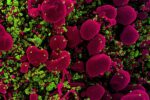
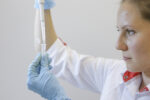


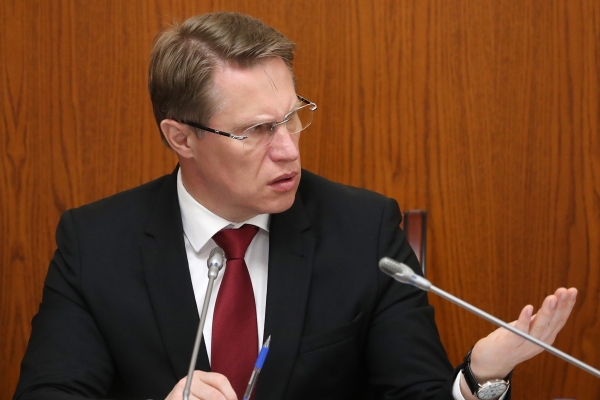
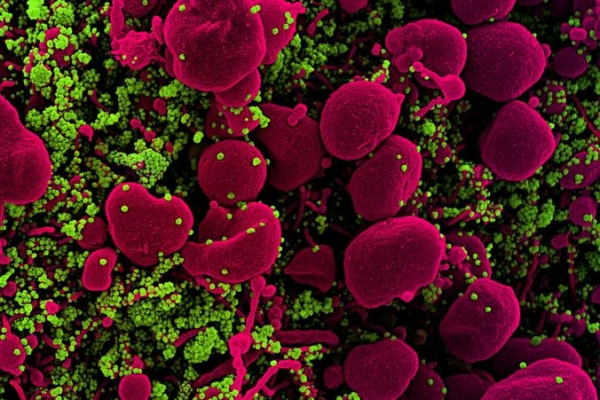
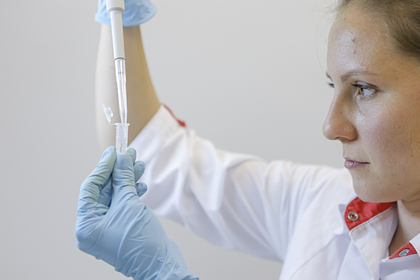
More Stories
Color wheel online
The Ministry of health has promised to disclose information about the vaccine trials from COVID-19
Called “atypical” symptoms of coronavirus